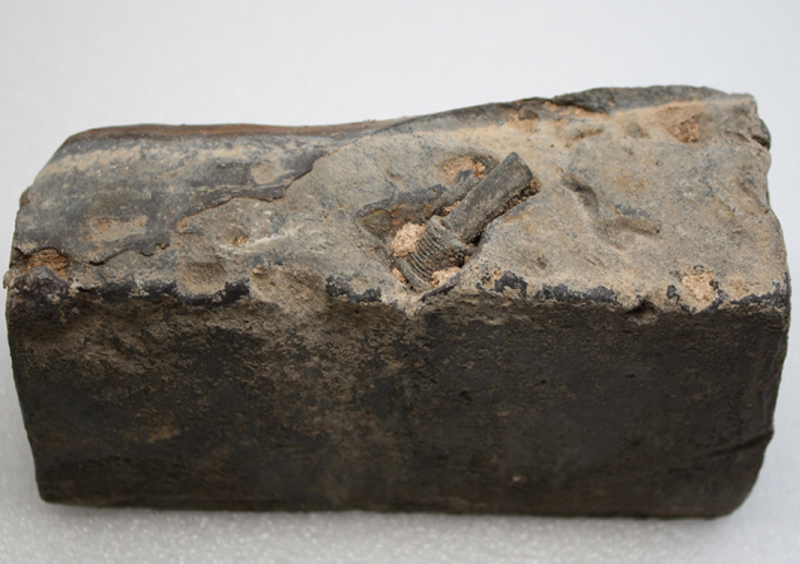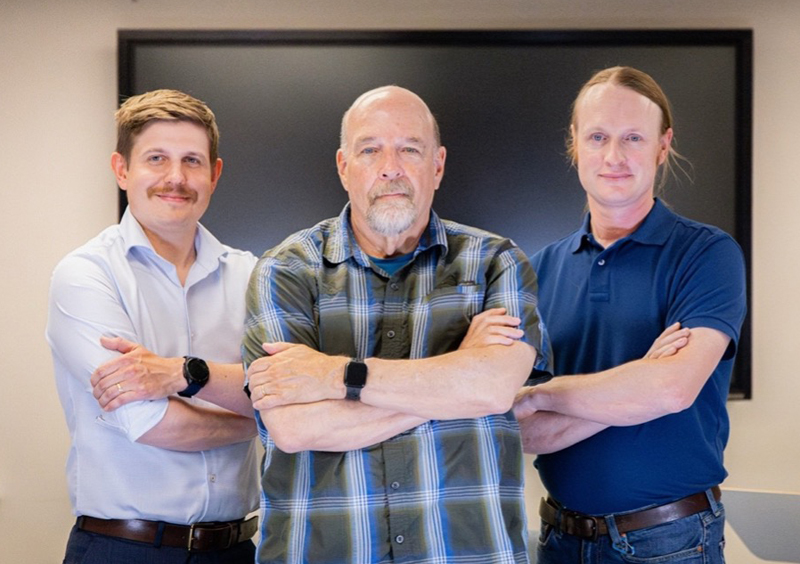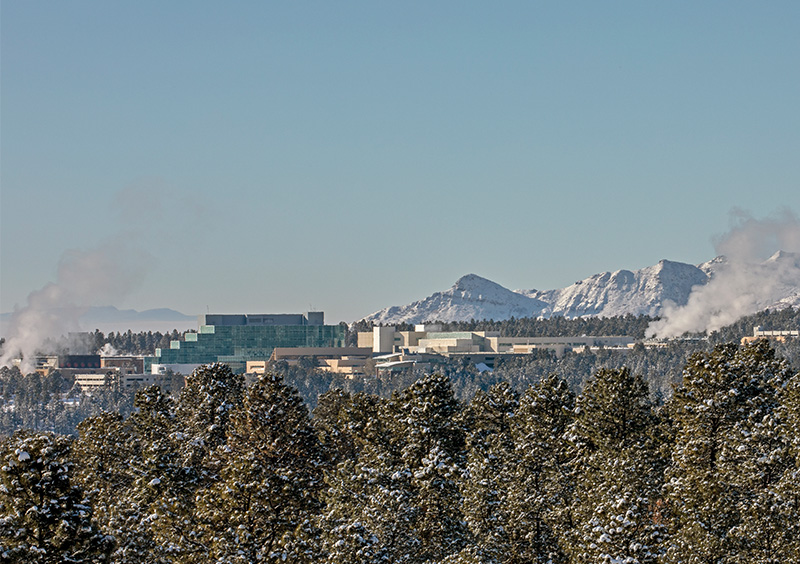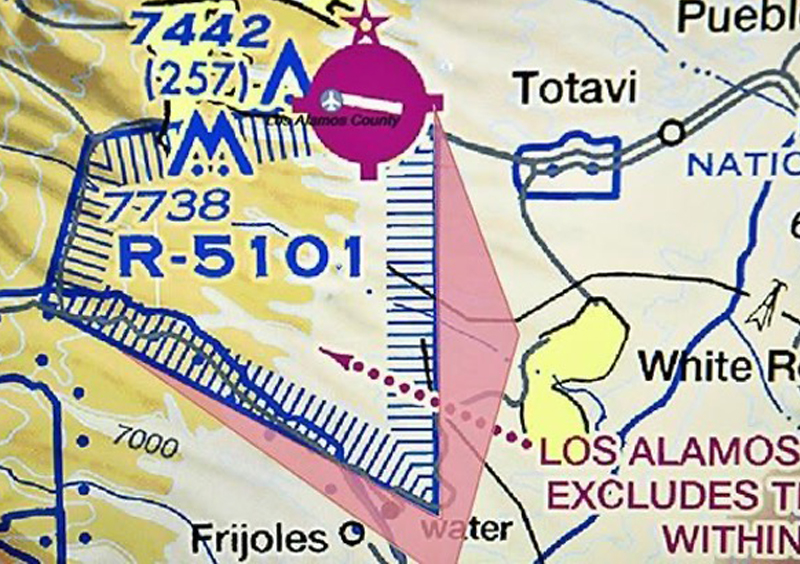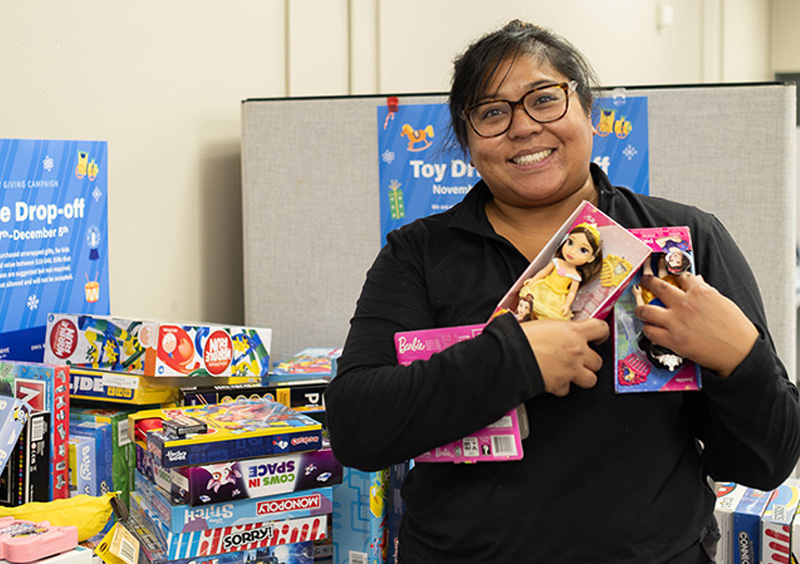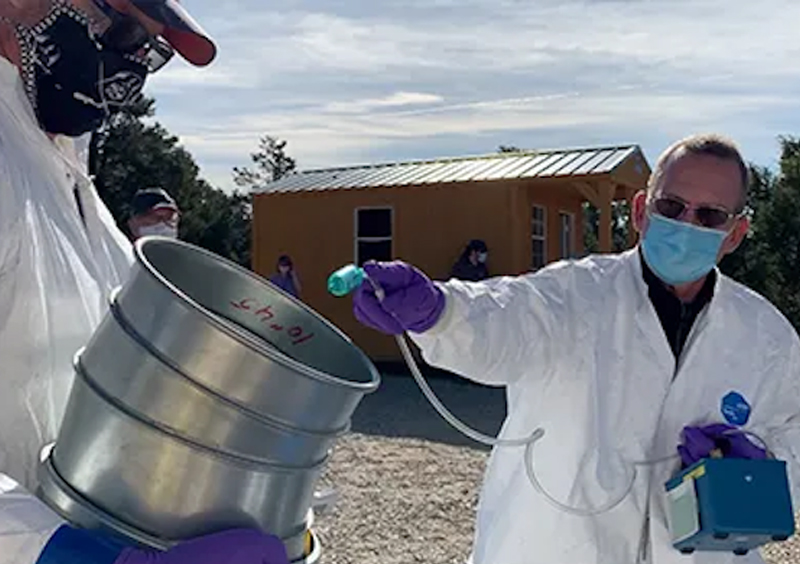This summer, in commemoration of the 80th anniversary of the Trinity test, Los Alamos National Laboratory’s National Security Research Center and the Bradbury Science Museum have jointly curated an exhibit of Trinity artifacts and documents from their collections.
"The NSRC-Bradbury exhibit is a tangible display of scientific achievement, showcasing items often kept in a space inaccessible to most people," said NSRC Director Brye Steeves. "This is an opportunity for us to share unique aspects of world-changing history and early scientific achievement in an effort to inform and educate.”
The NSRC is the Laboratory’s classified research library and is one of largest scientific libraries in the world. By contrast, the Bradbury Science Museum is free and open to the public.
Bradbury Director Patrick Moore underscored the importance of outreach and education to new audiences. "New generations are reexamining Trinity to understand its profound impact on world history," he said. "This 80th anniversary exhibit marks not just a milestone of remembrance but also provides a vital first step toward reimagining how we communicate this pivotal history to the public, laying the groundwork for dynamic future updates to our History Gallery and ensuring this story continues to resonate into the future."
What was the Trinity test? Why was it so important?
Early in the morning of July 16, 1945, scientists and personnel from the secret Los Alamos wartime laboratory known as Project Y conducted the world’s first nuclear detonation, called the Trinity test, at the Alamogordo Bombing Range in southern New Mexico.
Trinity proved the viability of the implosion design for use in atomic weapons and marked the culmination of the Manhattan Project’s urgent efforts to design and build an atomic weapon to hasten the end of World War II. It was also the beginning of the Lab’s subsequent eight decades of scientific contributions to the national security mission.
"The success of the Manhattan Project, and particularly the Trinity test, is the foundation that the Laboratory was built on," said NSRC historian Madeline Whitacre. "80 years on, the Lab is still here and still focused on the impacts of scientific innovation on national security."
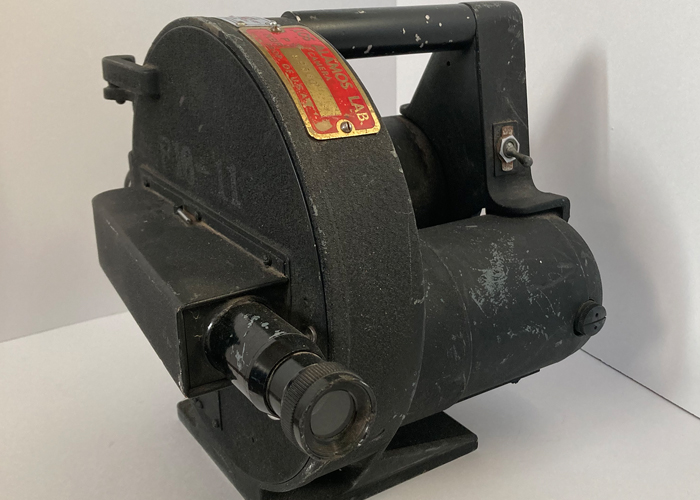
What’s in the exhibit?
"The exhibit incorporates archival documents and photos from the NSRC collections as well as artifactual pieces from the Bradbury," Whitacre explains. "Projects where we can pool our resources are always constructive—together, our collections can tell a fuller and more interesting story."
Key pieces to that story that will be on display include:
- Safety instructions for personnel working at the test site both before and immediately after the detonation.
- A lead brick, one of hundreds used to shield sensitive instruments and equipment, partially melted from the blast’s heat and with a steel rivet embedded by the blast’s force.
- Color footage of the test, from preparation to detonation, restored by NSRC film archivists.
- And many more unique, rarely seen objects and documents
"I'm always glad for the opportunity to bring artifacts out of storage, and I love collaborating with the NSRC," said Bradbury Collections Specialist Wendy Strohmeyer. "The archives and artifacts in our exhibit don't only represent events — they carry traces of real people's lives. On the 80th anniversary, I'm reminded how important it is to keep those human details from being lost."
When and where can I see the exhibit?
Operated by Los Alamos National Laboratory, the Bradbury Science Museum, 1350 Central Avenue in Los Alamos, is open Tuesday through Saturday from 10 a.m. to 5 p.m. and Sunday from 1 to 5 p.m. The museum’s exhibits document the science of the Laboratory’s 80-year history, including advances in supercomputing, nuclear nonproliferation, biotechnology and climate science. The museum is free and open to the public.
LA-UR-25-26774
More Los Alamos National Laboratory stories people are reading:
Investors, scientists and community members head to Los Alamos Demo Day
